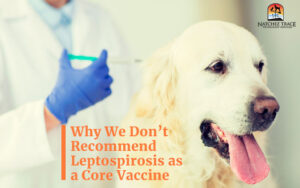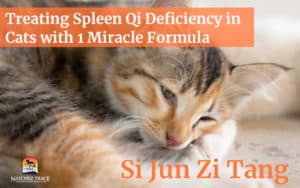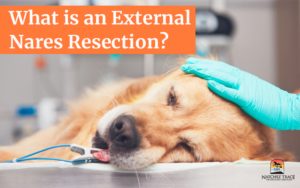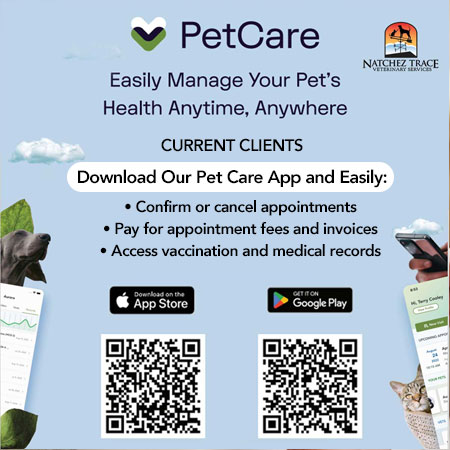Chitosan comes from chitin. Chitin is a polysaccharide found in the exoskeletons of shellfish.
The chitin is obtained by removing the shells of shellfish and then grinding it into a fine powder.
The powder is then stripped of specific chemical groups resulting in a product called chitin.
Chitin will actively absorb fats.
In the past, this product was used to detoxify water.
When spread upon the water’s surface, chitin absorbs greases, oils, heavy metals, and other toxic substances so thoroughly that an easily-removable scum forms on the water’s surface.
It is famous worldwide in water purification plants and was only recently introduced as a health supplement.
Chitosan should be taken 30-60 minutes before eating, allowing it to activate so that it can absorb the fat and/or toxins from the meal.
Chitosan Renal Failure Treatment: The Benefits of Chitosan
According to Memorial Sloan-Kettering Cancer Center research, Chitosan works by forming a positively charged gel matrix in stomach acid able to bind bile acids, nitrogen metabolites, phospholipids, unesterified cholesterol, fat-soluble vitamins, and calcium.
Here are some Chitosan benefits:
- Acne: Chitosan inhibits certain bacteria that cause inflammation associated with acne (Centre for Natural Wellness).
- Antacid: A Japanese company has a patent on Chitosan to be used as an antacid (Centre for Natural Wellness).
- Anti-Tumor: Chitosan has shown immuno-potentiating action in recent studies involving mice. Mice fed chitosan showed a decrease in macrophages and tumor growth impairment (Centre for Natural Wellness).
- Antioxidant: Chitosan demonstrates antioxidant effects by reducing hydroperoxides and carbonyls in a time-dependent manner (Memorial Sloan-Kettering Cancer Center).
- Candida: Chitosan can kill candida in clinical tests involving mice (Centre for Natural Wellness).
- Chronic Kidney Disease: A 12-week study using 1450 mg of Chitosan per day showed reduced serum cholesterol, increased mean serum hemoglobin, reduced BUN, and reduced creatine in the group taking Chitosan as compared to the control group. The treatment group also showed improved appetite, sleep, and feelings of physical strength. A study on rats fed either Chitosan, Kremezin, or a standard diet showed the rats fed Chitosan showed marked prolongation of the survival period and decreases in blood urea nitrogen, serum creatine, serum phosphate, and protein ratio as compared to the group fed Kremezin or a regular diet which showed increases during the same period (PubMed.gov).
- High Cholesterol: Studies show that may lower total cholesterol and LDL cholesterol (Memorial Sloan-Kettering Cancer Center). Clinical studies indicate that total cholesterol was reduced by 32% in five weeks. A Japanese study using rats showed liver cholesterol 60% lower in Chitosan-fed rats than in placebo (Centre for Natural Wellness).
- Renal Failure: A 12-week study using 1450 mg of Chitosan per day showed reduced serum cholesterol, increased mean serum hemoglobin, reduced BUN, and reduced creatine in the group taking Chitosan as compared to the control group. The treatment group also showed improved appetite, sleep, and feelings of physical strength (Vitamin Research Products). A study on rats fed either Chitosan, Kremezin, or a standard diet showed the rats fed Chitosan showed marked prolongation of the survival period and decreases in blood urea nitrogen, serum creatine, serum phosphate, and protein ratio as compared to the group fed Kremezin or a regular diet which showed increases during the same period (PubMed.gov).
- Wound Healing: Applied topically, Chitosan stimulates granulation tissue and enhances wound healing (Memorial Sloan-Kettering Cancer Center). Plastic surgeons sometimes use Chitosan to help donor tissue rebuild itself by placing the chitosan directly in areas where tissues have been removed to use elsewhere (WebMD).
Chitosan Renal Failure Treatment: Chitosan in Veterinary Medicine
We recommend a veterinary-specific formula called Epakitin.
Epakitin is a chitosan-based phosphate binder and uremic reducer.
Epakitin has been clinically proven to reduce urea, creatinine, and calcium absorption and decrease phosphatemia, increasing life expectancy without affecting food consumption.
Epakitin is reported to prevent future kidney damage and improve the pet’s quality of life.
The side effects of Epakitin have been mild and include lack of appetite, behavior changes, lethargy, and hypercalcemia (if higher than the recommended dose is administered).
The recommended dosage is 1g/5kg of body weight given orally in the morning and the evening with food.
Chitosan Renal Failure Treatment: Side Effects and Drug Interactions
- Pets allergic to shellfish and pets with intestinal malabsorption syndromes should not use Chitosan.
- Some side effects are constipation, flatulence, and gastrointestinal distress.
- Chitosan may bind to fat-soluble vitamins and decrease their absorption.
- There are no known interactions between Chitosan and pharmaceuticals.
Chitosan Renal Failure Treatment: Clinical Studies on Chitosan
- [Pharmacological properties of chitosan-coated dialdehyde cellulose (chitosan DAC), a newly developed oral adsorbent (II). Effect of chitosan DAC on rats with chronic renal failure induced by adriamycin].
- Chitosan decreases total cholesterol in women: a randomized, double-blind, placebo-controlled trial
- Effect of chitosan on renal function in patients with chronic renal failure.
- Laboratory and Clinical Studies of Chitosan
- State of the Art in Renal Disease in Cats & Dog
Sources:
- Centre for Natural Wellness
- Memorial Sloan-Kettering Cancer Center
- Pet ‘n Vet
- PetEducation.com
- State of the Art in Renal Disease in Cats & Dogs
- Vanderbilt University
- VetInfo.com
- WebMD
Disclaimer: The statements in this article are for educational purposes only and have not been evaluated by or sanctioned by the Board of Veterinary Medicine. Only a licensed veterinarian can properly diagnose and treat any disease or disorder. The above information is NOT intended as a substitute for the advice of a medical professional.








